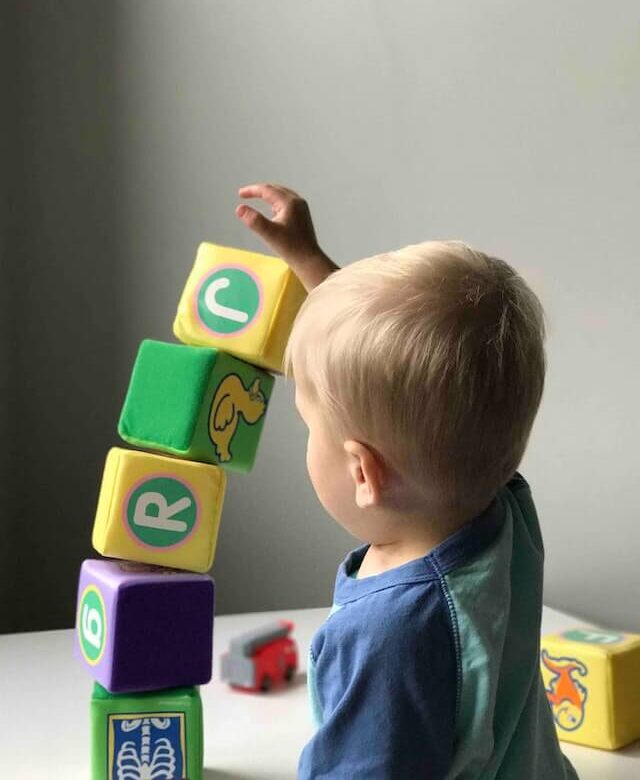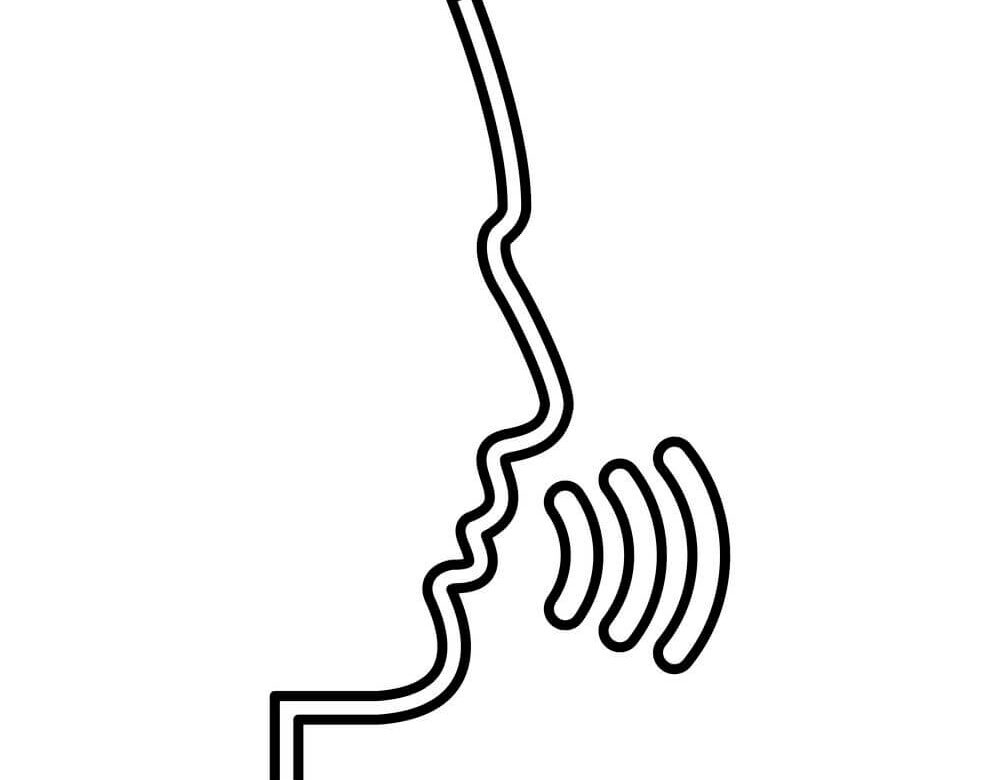It’s common for those with autism spectrum disorder (ASD) to struggle at mealtimes. This difficulty is called “selective eating” and can cause stress and anxiety in both kids and adults. In this article, we’ll explore how you can support someone who has ASD while they manage their diet.
Why do Children With Autism Have Food Aversions
Selective eating is when a child has an aversion to certain foods or textures and often limits their diet to only a few preferred favorites. It is common in children with autism for these reasons:
Sensory Processing Disorder
Sensory processing disorder (SPD) is widespread among kids with autism, with nearly 4 out of 5 experiencing the condition. Unfortunately, it can make the experience of eating difficult or even uncomfortable for them. Children with SPD may be more sensitive than other kids when it comes to taste, texture, smell, temperature, color, and appearance of food.
As a result, children on the spectrum may reject or avoid certain foods that don’t appeal to their senses. These preferences can change over time, so it’s important to be patient and understanding. You might also want to watch for tummy troubles with your child.
Stomach Issues
Children with autism are more likely to experience stomach issues than other children. Common gastrointestinal (GI) issues in children with autism include acid reflux, food sensitivities, constipation, and chronic diarrhea.
Many of these conditions cause pain or discomfort when eating certain foods, leading to a dislike for those items. These painful conditions can also cause changes in appetite and make it difficult for a child to recognize hunger cues or feel full after meals.
As a result, children with autism might have difficulty trying new foods or expanding their diet. This can be even more difficult if your child has specific ways they like to eat their food.
Ritualistic Eating Behaviors
These rigid behaviors at mealtimes involve a child with autism having specific routines and rituals with their food. Some examples of what this looks like are:
- Having only a limited variety of foods they will eat
- Will only eat the same food over and over, even if it’s no longer preferred
- Refusing to try new foods or trying new foods but then refusing them after one bite
- Having strong reactions when asked to try something new, such as gagging or vomiting
- Being very particular about how food is prepared, cut, or arranged on the plate
- Insisting on eating in a certain order
- Only eating foods that are a specific temperature or texture
- Eating food with their hands instead of utensils
- Refusing to eat in public or in front of other people
Let’s examine some ideas to help accommodate all of these special requests from your child yet still encourage flexibility in their choices.
Tips for Making Mealtime Smoother
It can be incredibly frustrating to deal with a picky eater, but a few simple strategies can help make dinnertime easier for the whole family.
Rule Out Medical Problems
It’s important to rule out any medical problems if your child has selective eating habits. Kids with autism may be unable to explain what is wrong, making diagnosis tricky. Speak to a doctor like your GP or pediatrician to make sure there isn’t an underlying health issue causing picky eating and, if so, how to treat it.
Be patient while searching for possible causes, and apply some of that patience to mealtimes too.
Stay Calm
It’s essential to be patient with your child as they explore and sample new foods. Don’t let mealtime become a family battleground; instead, get creative and find other ways to introduce different types of food positively.
Try offering the same food multiple times, in different forms or with different flavors, textures, or colors that appeal more to them. You can also try involving them in the cooking process, which might make them more interested in trying something new. Don’t be afraid to break the whole tasting process into simpler pieces.
Take Steps Toward Tasting
Encourage your child to stretch their taste buds by introducing them to new foods. Take a few moments to size up the food together, taking in the look and color of it. Get their senses involved by letting them smell and touch the food.
Next, suggest they give the food a little smooch, or lick it before trying a full bite. This can help them become more comfortable with sampling something unfamiliar. You could also mix some new food with one they like, making the transition easier for your kid.
With these steps, you can help your child build confidence in exploring different flavors and textures.
Tune into Textures
If your kiddo on the spectrum is sensitive to textures, try blending or chopping food into smaller pieces. This helps reduce the texture that may bother them. You could also offer a variety of dips and sauces with their meal, as this can help introduce new foods in a less overwhelming way.
To change it up even more, consider offering smoothies or pureed soups, as these can be fun alternatives to traditional meals. Speaking of fun, don’t underestimate the power of play at dinnertime.
Play with New Food
Exploring new foods can be a great way to build familiarity and reduce anxiety at mealtime. Here are some ideas for making food fun:
- Get creative with pasta sauce—why not paint with it?
- Let your imagination run wild by making funny faces from vegetables on pizza.
- Use cookie cutters to turn sandwiches into exciting shapes.
- Have an ice cream sundae party and let everyone make their own creations using different toppings and syrups.
- Put together a range of finger foods like carrot sticks, cheese cubes, grapes, crackers, etc., then challenge your child to build a tower, a bridge, or even a castle.
By making mealtimes interactive, fun, and tactile, your child will start to look forward to trying new food instead of dreading it. Once you’ve introduced “fun” into the equation, involve your child in the process by giving them choices.
Offer Choices and Control
Offering choices and control over what your child on the spectrum eats is critical for helping them to feel comfortable and secure during meals. Here’s how you can do this:
- Ask your child about their likes and dislikes before planning the meal
- Give them a choice between two different food items at mealtimes
- Let them help in the kitchen when preparing meals so they know what ingredients are going into their food
- Allow plenty of time to explore new foods without pressure or expectations
By offering choices and control at mealtimes, you can help make eating a positive experience for kids with ASD.
Be Careful with Rewards
Rewards can be an effective way of encouraging a child with autism to try new foods. However, the reward structure must be appropriate and in line with your goals. Bribes may backfire and lead to further avoidance of trying different foods.
It’s best to use rewards that are not food-based, such as access to favorite activities or toys after they have tried the food item. This gives them something positive about testing the new food without reinforcing their dislike.
Make sure you’re also providing plenty of praise when they do try new food—even if they don’t like it. This will help them become more confident in their ability to try new things, which is a key part of picking up the skills needed to expand their diet.
Finally, remember that rewards are only sometimes necessary and should be used sparingly. If your child is becoming dependent on rewards or losing interest when there isn’t one present, take a step back and assess what might need to change.
Start Enjoying Mealtimes Again
Selective eating can be challenging for those with autism and their caregivers. But there is help. Reach out to your healthcare provider or nutritionist for more information on managing it.
With the proper support, mealtimes can be enjoyable again—you just need to find the right strategies and resources for you and your family. So don’t give up hope. Fun family dinners are just a few strategies away!
If you are ready to work with the best ABA therapy provider in New York, New Jersey or Indiana, give us a call at (732) 402-0297. Our dedicated team is ready to help and we will treat you like family.









